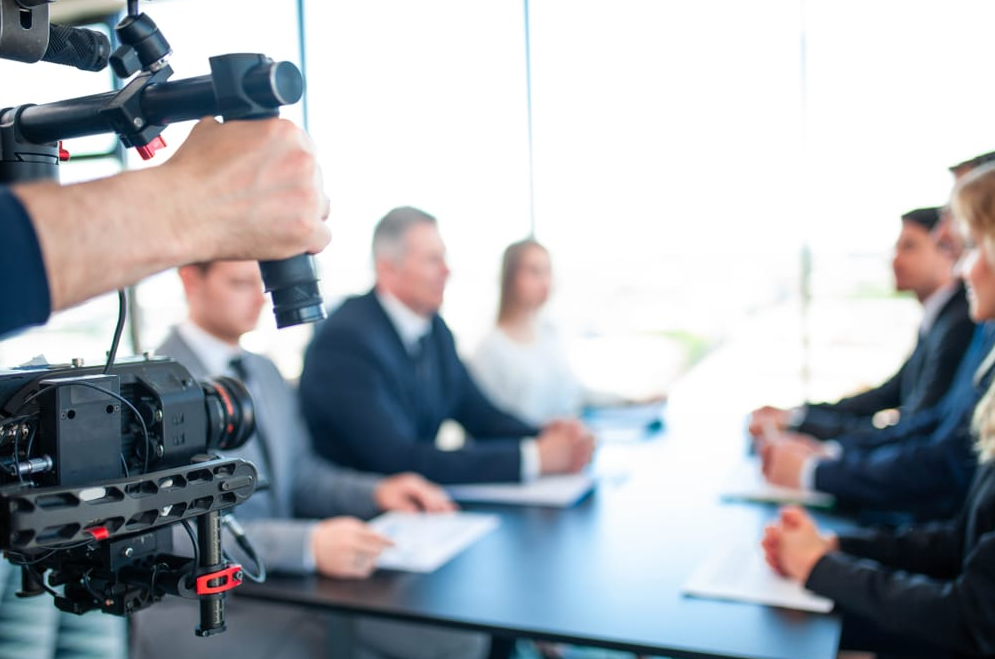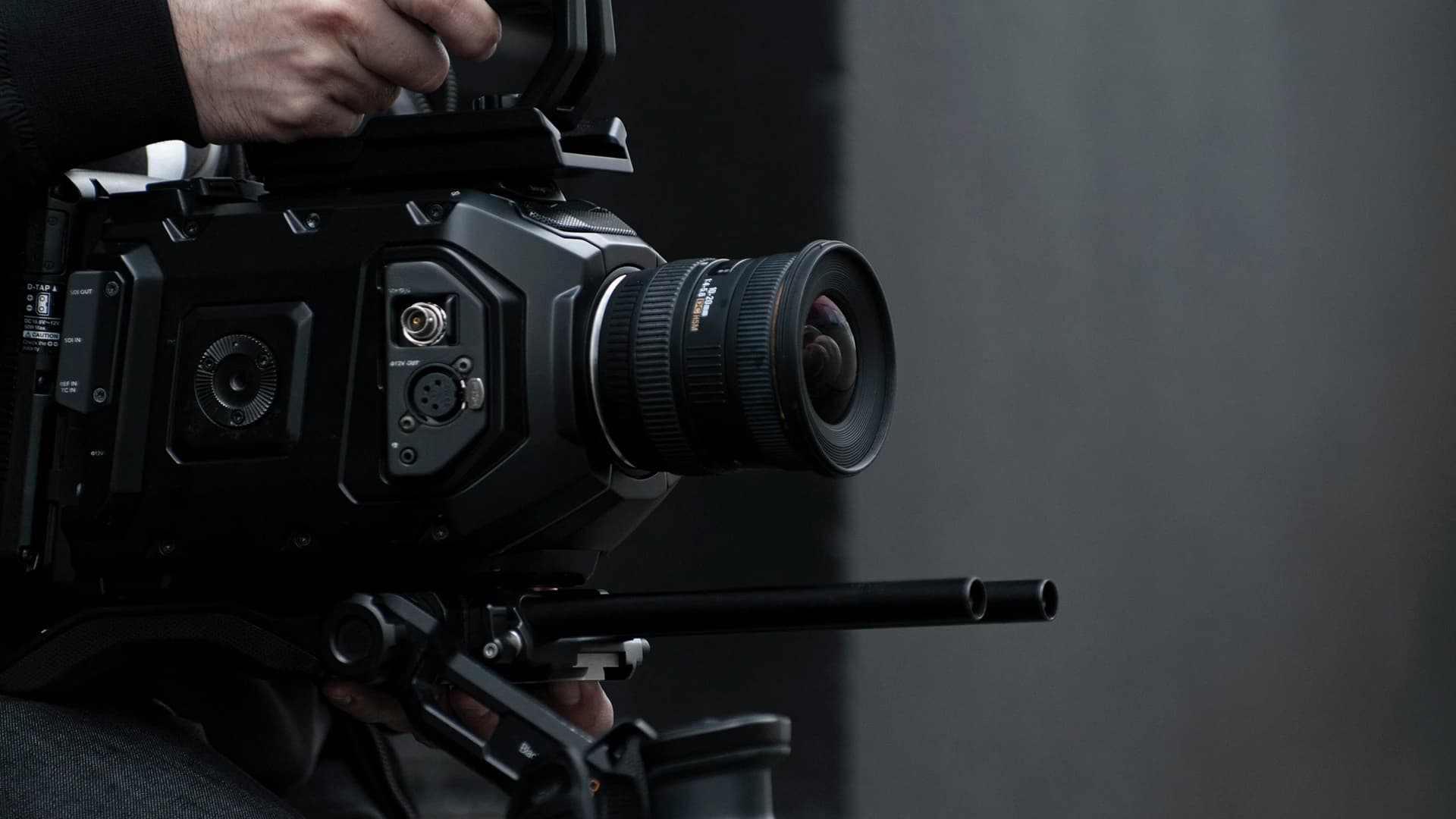Legal Videography: An Innovative Approach to Recording Legal Testimonies
Legal Videography: An Innovative Approach to Recording Legal Testimonies
Blog Article
Why Lawful Videography Is Vital for Accurate Court Recordings
The role of legal videography in court room setups can not be overstated, as it serves as a crucial device for maintaining the honesty of court documents. By catching both verbal and non-verbal communication, it improves the quality of witness testimonies and mirrors the nuances of courtroom interactions. This thorough documents not just help in decreasing potential misunderstandings however likewise sustains appellate testimonials, thereby reinforcing the judicial procedure. Nonetheless, the ramifications of incorporating lawful videography into common court methods increase crucial questions concerning its broader influence on the legal system. What might these implications entail?
Importance of Visual Proof
In the realm of legal process, the value of aesthetic evidence can not be overstated. Visual evidence works as an effective device in developing truths, corroborating testimonies, and enhancing the overall quality of a case. This type of evidence, that includes photos, videos, and layouts, can offer a concrete context that verbal summaries typically do not have, consequently offering courts and courts a more clear understanding of the situations surrounding an instance.
Furthermore, visual evidence aids in the retention of information. Human cognition is inherently visual, and individuals are a lot more most likely to bear in mind and comprehend information offered in a visual style. In the court, this can be critical, as engaging aesthetic proof can guide viewpoints and reinforce the narrative provided by legal representatives.
Additionally, using visual proof can minimize misconceptions and ambiguities that commonly arise from spoken exchanges. By offering a straight depiction of events, visual evidence assists to remove subjective analyses and fosters a much more objective examination of the truths. Consequently, the integration of visual evidence into lawful proceedings not only enhances the integrity of the judicial procedure however additionally boosts the possibility of achieving a just result.
Capturing Non-Verbal Signs
Making use of advanced videography techniques can substantially enhance the capture of non-verbal cues during lawful process. Non-verbal communication, including face expressions, body language, and eye contact, plays a vital duty in communicating emotions and purposes that may not be clearly stated in verbal statement. legal videography. Lawful videography utilizes high-definition cams and critical angles to ensure that these refined cues are tape-recorded with quality and accuracy
The ability to analyze non-verbal actions can supply useful context to declarations made during court sessions. For instance, a witness's unwillingness or confidence can be interpreted through their pose or motions, possibly influencing the jury's assumption of credibility. Moreover, the use of close-up shots can help concentrate on a speaker's expressions, enabling for an extra nuanced understanding of the testimony.
Furthermore, integrating numerous cam angles can develop a comprehensive sight of communications, highlighting dynamics between events included. This multifaceted technique not just enhances the accuracy of the court record yet likewise aids in protecting the integrity of the judicial procedure - legal videography. Inevitably, capturing non-verbal signs with lawful videography cultivates a richer, extra total representation of court proceedings

Enhancing Statement Dependability
The dependability of statement can be dramatically boosted with using top quality legal videography. Video recordings work as an objective medium that catches not just the spoken words of witnesses but also the subtleties of their delivery, consisting of tone, pacing, and psychological expressiveness. This diverse paperwork gives a clearer understanding of the witness's integrity and intentions, which can be pivotal in lawful process.
In addition, lawful videography lessens the capacity for misinterpretations that may emerge from composed transcripts alone. When jurors can observe a witness's attitude and body movement combined with their statement, they are better geared up to assess the authenticity and integrity of the proof offered. This aesthetic context can strengthen the testimonial story, making it much more engaging and qualified.
In addition, the existence of a video clip recording can prevent prospective disparities in testament. Witnesses may be extra mindful in their statements when they recognize they are being review tape-recorded, causing more precise and truthful accounts. In general, top notch legal videography boosts the integrity of statement, making sure that the court has access to a total and genuine representation of the realities as communicated by the witnesses.
Sustaining Appeals and Reviews
Lawful videography plays an important function in sustaining appeals and evaluations by giving an extensive aesthetic document of court room proceedings. This aesthetic paperwork captures not just the spoken words of witnesses and attorneys yet likewise the subtleties of body language, tone of voice, and court characteristics. Such aspects can be crucial in understanding the context of testaments and disagreements presented.
In the appellate process, where the emphasis gets on mistakes of law and step-by-step justness, a video record can act as an important device for appellate courts. It makes it possible for judges to examine the original trial context, guaranteeing that decisions are based upon a complete understanding of the procedures. The capacity to aesthetically evaluate the temperament of witnesses or the communications between events can expose insights that composed transcripts might neglect.

Furthermore, lawful videography can assist in making clear obscurities in testimonies or step-by-step judgments, therefore enhancing the basis for an allure. By supplying a trustworthy, objective account of what taken place in court, lawful videography not only supports the honesty of the lawful process however likewise encourages all celebrations entailed to make informed choices concerning their instances.
Streamlining Court Processes
Enhancing court room effectiveness, lawful videography improves procedures by providing instant accessibility to look at here now aesthetic records of process. This technology allows judges, lawyers, and courts to take another look at crucial testament and evidence, making sure that all parties have a clear understanding of the case. By catching the nuances of spoken and non-verbal interaction, videography improves the document, making it much easier to comprehend the context and weight of testaments.

Furthermore, video clip recordings can promote remote participation in hearings, permitting higher adaptability in scheduling and participation, which is particularly useful in complicated situations including multiple stakeholders.
Conclusion
In verdict, legal videography plays an important function in ensuring precise court recordings by supplying necessary aesthetic evidence that catches both verbal and non-verbal communication. This technique improves the useful site integrity of testimonies, sustains appellate reviews, and simplifies court room processes. By fostering a thorough understanding of court room characteristics, lawful videography eventually adds to much more equitable judicial outcomes, reinforcing the stability of the legal system and helping with educated decision-making.
Report this page